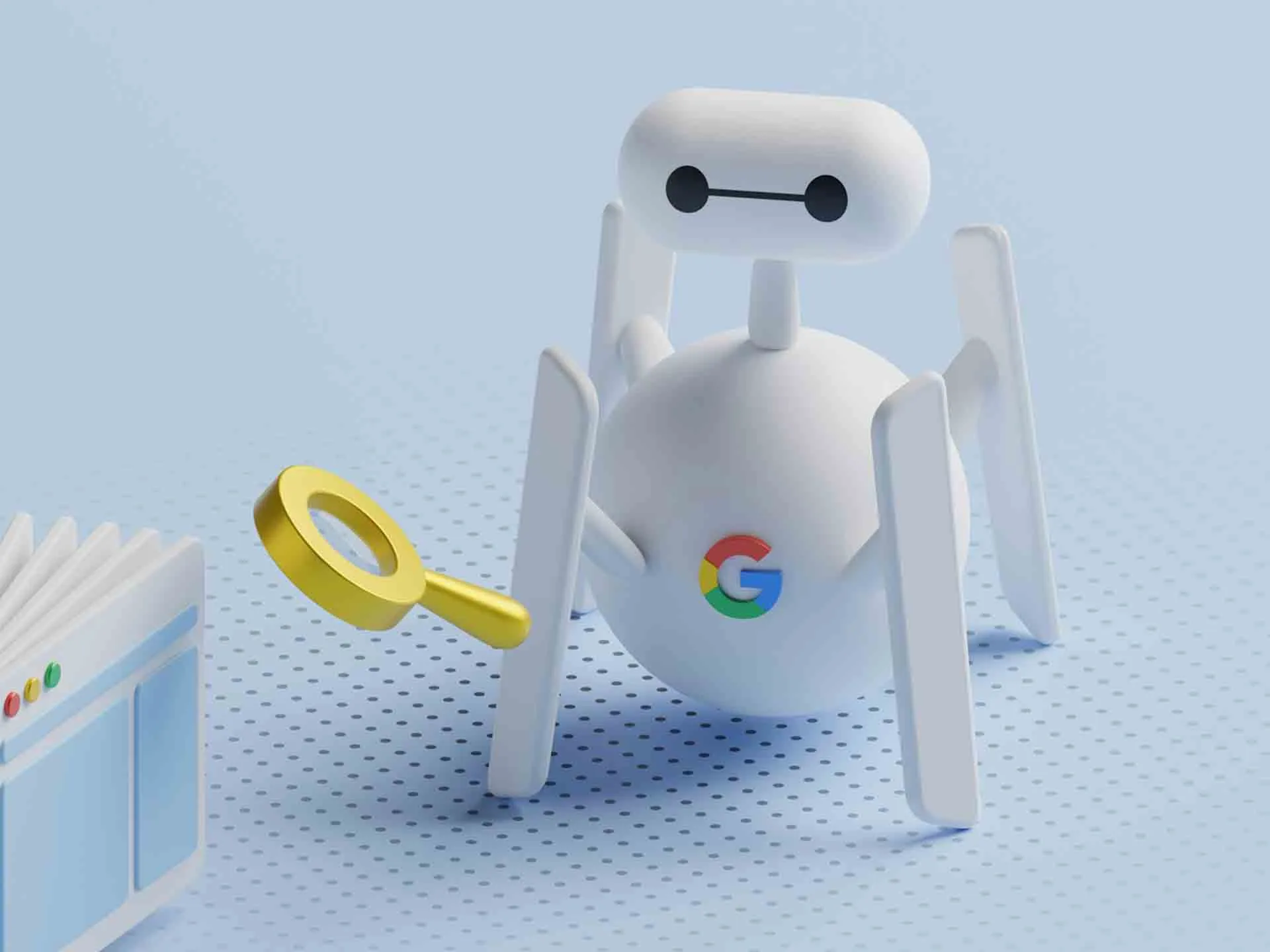Originally published April 15, 2025 , updated on May 28, 2025
Search has changed in ways many did not expect. AI-driven platforms like ChatGPT and Google AI Overviews now provide answers right where people search. Users are getting used to receiving instant responses, without the need to click through traditional links. Naturally, this shift raises concerns for businesses dependent on SEO. There’s debate around AI search optimization and traditional SEO, and which search strategy is better.
It is not about picking sides between search engine optimization (SEO) and answer engine optimization (AEO). It’s not a question of SEO vs AEO. Success now comes from understanding how both can work together. Clinging only to old SEO tactics means missing where search is heading.
Understanding AI Search and Answer Optimization
Here’s why you should be actively thinking about adapting to AI search. Studies show that when AI Overviews appear, clicks to traditional links drop by more than 30 percent. Instant answers satisfy users quickly, reducing the need to visit external sites.
For brands, this shift is significant. Without AI visibility, you risk losing relevance and reach. That is where AI search optimization – also known as answer engine optimization (AEO ) – comes in. It focuses on making your content the preferred source for AI-generated answers.
Your AI SEO Action Plan: How to Become the Obvious Choice

AI SEO success is not about gaming the system. It is about meeting AI’s standards for relevance and trust. To rise to the top, your content needs to deliver real value in ways AI can easily understand and showcase.
Here is what it takes:
- Be Clear and Easy to Understand: Avoid keyword stuffing. Use natural language that directly answers questions.
- Ensure Summarizable Content: Format your information in ways AI can easily interpret, such as lists, headings, and short paragraphs.
- Build and Demonstrate Authority: AI prefers reliable, well-structured content from trusted sources. Backlinks, citations, and expertise all matter.
- Keep Information Current and Factual: AI prioritizes up-to-date and accurate content. Review and refresh regularly.
- Align with Search Intent: Think about what users actually want to know, and address it directly without fluff.
Meeting these requirements makes you the go-to source when AI scans millions of pages for the best answer. If your content falls short, it simply will not be selected. Visibility now depends on how well you support AI in delivering fast, confident answers.
Why Traditional SEO Still Has Power
AI is reshaping search, but traditional SEO is not disappearing. People continue to use search engines to research products, services and solutions. The average Google user performs 4.2 searches per day. Ranking well in results still drives valuable traffic and builds credibility.
Traditional SEO provides the backbone of online visibility. Keyword research helps align your content with user intent. On-page SEO ensures your site communicates effectively with search engines. Backlinks boost domain authority. Technical SEO keeps your site running smoothly and accessible across devices.
Without this foundation, your chances of appearing anywhere, including AI-generated responses, are slim. AI relies heavily on existing signals of trust and authority, many of which are built through strong traditional SEO practices.
AI Search Optimization and Traditional SEO Together
Some believe AI will make the SEO we are familiar with obsolete. That is not what SEO agencies are seeing. The roles have shifted, but both are now essential. Traditional SEO helps users discover your site. AI search optimization ensures your content is included in AI-generated conversations.
If you rely only on ranking in SERPs, you may miss opportunities to appear directly in AI responses where users are increasingly getting answers. On the flip side, if you focus only on AI without maintaining SEO best practices, your content may never get indexed properly in the first place.
A smart content optimization strategy blends both. Create content designed to rank, but also format it for AI platforms to easily extract your insights. Combining AI SEO strategy with traditional SEO is no longer optional. It is the only way to secure your brand’s visibility across all layers of search.
The Mindset Shift: From Rankings to Being the Source
For years, SEO success was measured in rankings and traffic. The higher you ranked, the more visits you earned. AI search optimization changes that equation. Today, being successful means being cited. It means your brand appears in AI answers that users trust. Visibility is no longer only about position on a search page. It is about presence wherever people seek answers.
This shift moves SEO from chasing clicks to becoming the source that AI and users rely on. Building topical authority, answering queries comprehensively, and maintaining factual accuracy are now non-negotiable.
Where Many Go Wrong With SEO
Too many marketers still assume a single blog post or traditional page will do the job. It will not. AI favors specific formats that deliver answers fast. Straightforward content types perform better. Think FAQs, concise guides and clear explanations. Schema markup helps AI understand your content’s structure and relevance. Without it, even great information might be ignored.
Failing to adjust to the conversation around AI search optimization vs traditional SEO means losing out on valuable AI visibility. An AI SEO strategy demands creating content that is deliberately designed for extraction and summarization, not just for ranking.
Crafting a Unified SEO Strategy for SEO vs AEO

To succeed now, you need both strategies running in sync. Traditional SEO should continue to be part of your plan. Optimizing for rankings and maintaining technical health are still critical.
At the same time, an AI SEO strategy must be layered in. These are some things to consider in changing gears and considering your approach to SEO vs AEO:
· Use schema and structured formats to help AI parse your content. Answer user questions directly and avoid vague or overly promotional language. Stay accurate and focus on becoming a trusted source.
· You should also regularly monitor where and how your content appears in AI responses. If you are not showing up, it is a sign your approach needs refining. Consider gaps in clarity, trustworthiness or formatting.
· Measurement is key. Look beyond rankings and traffic. Track brand mentions in AI summaries. Observe how often your content appears in conversational results. This is the new metric of success.
AI search optimization vs traditional SEO is about balance. Treat both with equal care and you will position your content to succeed in both user-driven and AI-powered search journeys.
The Path Forward
AI search optimization vs traditional SEO is not a rivalry. It is an evolution. Each plays a critical role in how people find and trust information today. Ignoring either approach limits your reach. Combining them gives you the best shot at sustained visibility and authority. Brands that understand and act on this new reality will thrive in the years ahead.
Those who remain flexible and committed to improving both their traditional SEO and AI SEO strategy will be the ones who continue to earn attention and trust, no matter how search continues to evolve.
If you are looking for support to rethink your SEO strategy, reach out and let’s start talking. It’s about adapting and innovating and we can help you do just that.
Post Views: 2106


















